Developments continue to be bullish for Mexico
By Win Thin
USD/MXN appears on track to test strong support at the 13 level, but much will depend on market sentiment. MXN is one of the top EM performers during this bout of risk on trading, up 6% YTD vs. USD. While we are constructive on the peso longer-term, we acknowledge a growing risk of a correction higher in USD/MXN if the 13 level holds. However, any ensuing peso weakness should be viewed as a buying opportunity for an eventual move below 13 that would then set up a test of Fibonacci levels from the July-November rise in USD/MXN around 12.945 and then 12.62.
Given what we see as a basically hands off policy with regards to the exchange rate when MXN is appreciating, we see more potential upside for MXN compared to, say, BRL, where Brazilian authorities are clearly going to work against further currency strength. Others in Latin America are concerned with currency strength, including Colombia. As such, going long MXN vs. BRL or COP would be a good alternative too. On the other side, Banxico has installed circuit-breakers to help boost peso liquidity during times of stresses as part of an effort to prevent disorderly downside movement in the peso.
The external position is conducive for peso gains. The current account deficit is seen staying fairly steady at around -1.0% of GDP in 2012, same as 2011, and this gap will be almost entirely covered by FDI. Current account performance has been helped by strong overseas worker remittances, perhaps reflecting in part the recent strength in the US data. With the US economy being one of the few bright spots this year in the global economy, Mexico should be the beneficiary of increased foreign portfolio flows into the Bolsa due to Mexico’s exposure to the US.
Source: Bloomberg
The political landscape could become more conducive for long-term structural reforms in the economy, while higher-than-expected inflation readings in recent months have gotten tongues wagging about potential Banxico tightening, instead of easing. We do not agree with this tightening scenario, but the slim possibility of higher rates in Mexico may work to support the peso. Headline CPI rose 3.94% y/y in mid-January, the high for this cycle and close to the top of the 2-4% target range. However, core CPI rose 3.3% y/y and has been in a 3.0-3.4% range for the past year.
Source: Bloomberg
The reason we remain skeptical of any near-term Banxico tightening is that the real sector data remains on the weak side. December trade data was just reported today, with export growth slowing to 8% y/y from 10% y/y in November and a 2011 peak of 29% y/y in January. Import growth also slowed to 7% y/y from 11% y/y in November, but this partially reflects a slowdown in imported components that are processed for export. Domestic consumption is showing some signs of life, with ANTAD retail sales averaging 11% y/y growth vs. an average 5% y/y in Q3. GDP rose a stronger than expected 4.5% y/y in Q3, but monthly IGAE (a GDP proxy) has grown an average 3.75% y/y in October-November and points to some slowing in Q4. IMF sees Mexico growing 3.5% in both 2012 and 2013.
Source: Bloomberg
Banxico seems to recognize this too. After keeping rates steady at 4.5% this month, subsequent comments were very dovish. The bank said that the recent pickup in inflation was likely to be transitory, and that pass-through from a weak peso has been limited. Core inflation remains favorable. Labor and credit markets showing slack, with output gap closing at a slower pace than expected. Lastly, it noted that the balance of risks for inflation is "neutral" but the balance of risk for growth is "deteriorating." This confirms our strong belief that any talk about a Banxico hike this year due to rising inflation should be discounted. We see rates on hold this year, with a bias towards easing if the economic outlook deteriorates. Bloomberg consensus is split over no move or a 25 bp cut in Q1, and shows a similar split in Q2 as well.
In related news, Japan auto company Nissan just announced plans to build a new $2 bln manufacturing center in Mexico, and is scheduled to open in late 2013. Nissan CEO Ghosn noted “"Mexico is a key engine for Nissan’s growth in the Americas. Together with our new plant in Brazil, this new manufacturing facility in Aguascalientes is an important pillar in our strategy…” This reflects in part the fact that Mexico has regained some competitiveness. Some studies show that China wages are rising rapidly and likely to surpass Mexico wages by 2015. Add in Mexico’s natural location advantage as well as no tariffs (courtesy of NAFTA), and one can see Mexico as being very well-positioned to reassert itself as a low cost provider to the biggest consumer market in the world.
The upcoming July presidential elections seem to carry more positive than negative risks. The latest polls (Consulta Mitofsky) taken in mid-January show only a slight decrease in voter intentions towards frontrunner PRI candidate Peña Nieto to 41% from 42% in December. He has seen a total 6 percentage point drop in support since October, which is not terrible given the numerous public gaffes he has made. PAN candidate Vázquez Mota has been the modest beneficiary, seeing her ratings rise slightly to 23% from 21% in December. It’s hard to imagine Nieto losing at this point. The key variable to watch will be the PRI’s performance in Congress. Some early polls suggest that the PRI may be able to get enough votes to get outright majorities in both chambers, which means that the much talked about fiscal and energy reform could become a real possibility. Some PRI members are even talking about a Petrobras model for Pemex, where some shares will be made public – though exploration rights will be kept for the government. We will only believe it when we see it, but the upside risk is there.
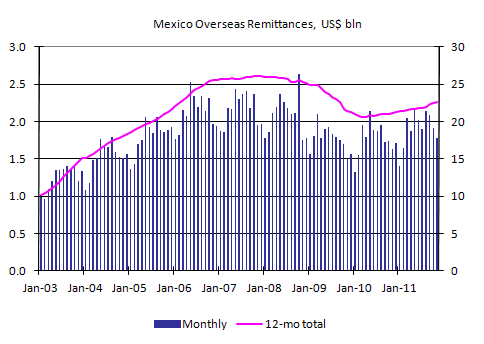
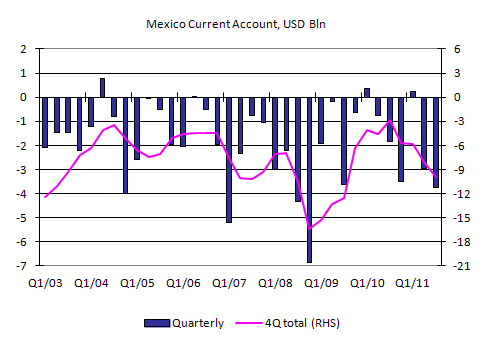
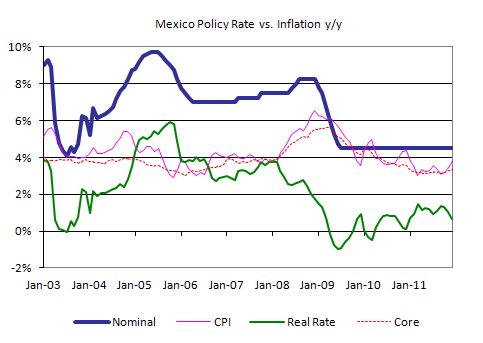
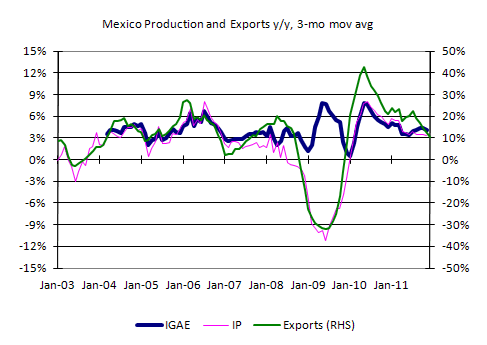
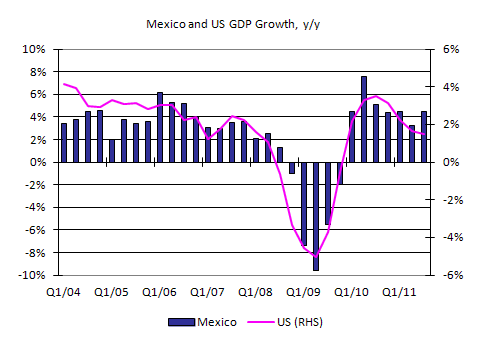
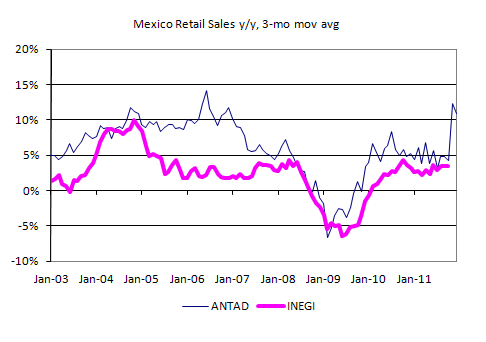
Comments are closed.